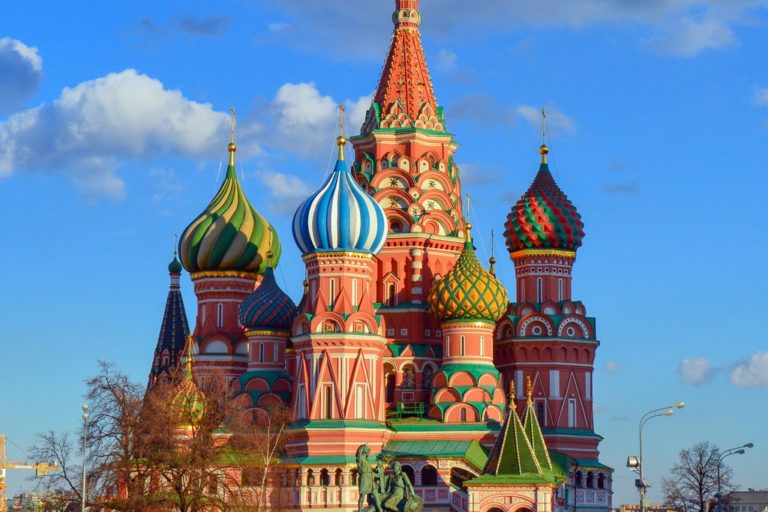Located in northeastern Europe, the Republic of Lithuania is the largest Baltic state that houses over 2.794 million people as of 2019.
Lithuania has a significant Russian influence and looks like a cross between Russia and Scandinavia.
The nation was a powerful empire that ruled most of Eastern Europe during the 14th to 16th centuries. After, it became a part of the Polish-Lithuanian Confederation for the next two centuries.
Lithuania gained independence from 1918 to 1940. Before, the country was occupied by Russia in 1795. Germany dominated Lithuania during World War II and was incorporated into the U.S.S.R. in 1944.
In 1991, Lithuania finally got independence. As a result, this country became a member of the European Union (EU) and the North Atlantic Treaty Organization (NATO) in 2004.
The country boasts lush, green landscapes and offers every nature lover a break from the hustle and bustle of city life.
Geography
Latvia borders Lithuania to the north, Belarus bounds the country to the east and south, the Baltic Sea to the west, and Poland and Kaliningrad separates Russian oblast to the southwest.
The country’s relief is a low-lying plain swept by Ice Age glaciers that left moraines. Sand dunes have lined Curonian Lagoon almost to cut off the sea by the Curonian Spit.
This sandspit is a distinctive feature of Lithuania that is bordered on the east by the Žemaičiai Upland. It gives way to the Middle Lithuanian Lowland.
These lowlands comprise glacial lake clays and boulder-studded loams that stretch across Lithuania from north to south.
The Baltic Highlands is located on the central lowland. It has a rumpled glacial relief and consists of small hills and lakes.
The highest point of elevation in Lithuania is at 957 feet above sea level in Mount Žemaičiai Upland.
The country’s soil ranges from sandy to heavy clay. The soils are loamy and sandy in the northwest. They are heavily podzolized.
The central region has weakly podzolized loamy peats. These soils are fertile and best for cultivation.
The southeast regions are sandy, loamy, and moderately podzolized.
Climate
It has a transitional climate between the maritime type of western Europe and the continental type on the farther east.
The Atlantic’s damp air masses alternates with the continental Eurasian colder Arctic air with a tropical origin.
The Baltic Sea influences the coastal zone’s climate.
January is the coldest month in Lithuania and has temperatures as low as -5 degrees celsius, whereas July is the warmest with about 17 degrees celsius.
Annual precipitation levels usually exceed 800 mm. August gets the maximum rainfall.
Nature and Wildlife
About one-third of the nation is forested. Lithuania has three separate regions with different vegetations.
The maritime regions have pine forests and sand dunes where bushy plants grow. The eastern part consists of spruce trees, whereas the central region has abundant oak trees. The northern portions have birch, black alder, and aspen trees.
Wildlife is also diverse in Lithuania. It houses mammals like wolves, otters, foxes, ermines, wild boars, and badgers. You can also find elk, stags, beavers, inks, deer, water rats, and many rodents in the deep forests.
The country also is home to numerous bird species such as white storks, geese, swans, herons, ducks, hawks, and bald eagles.






